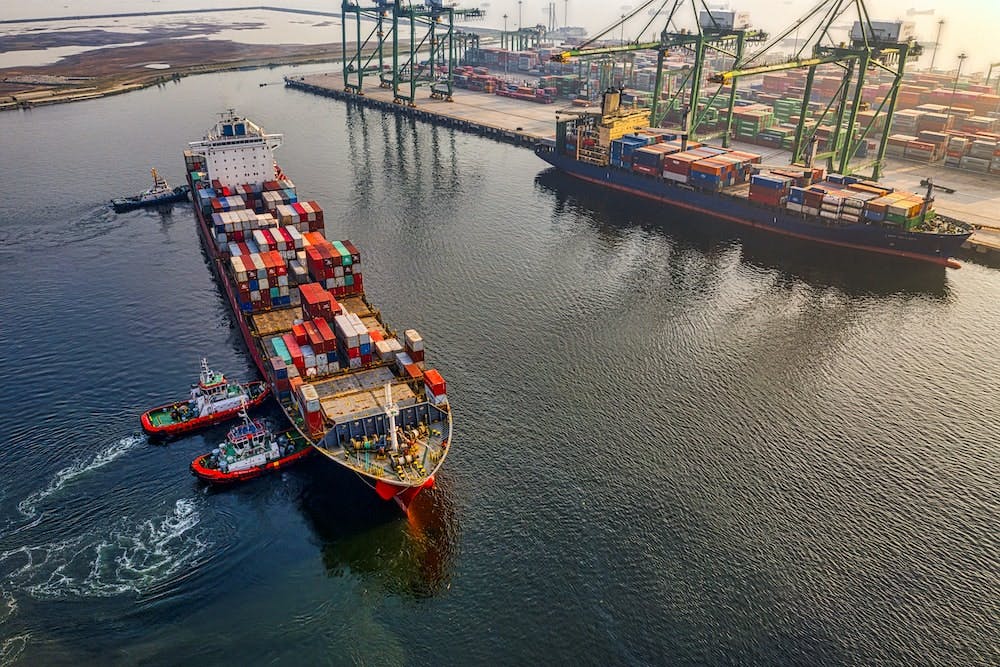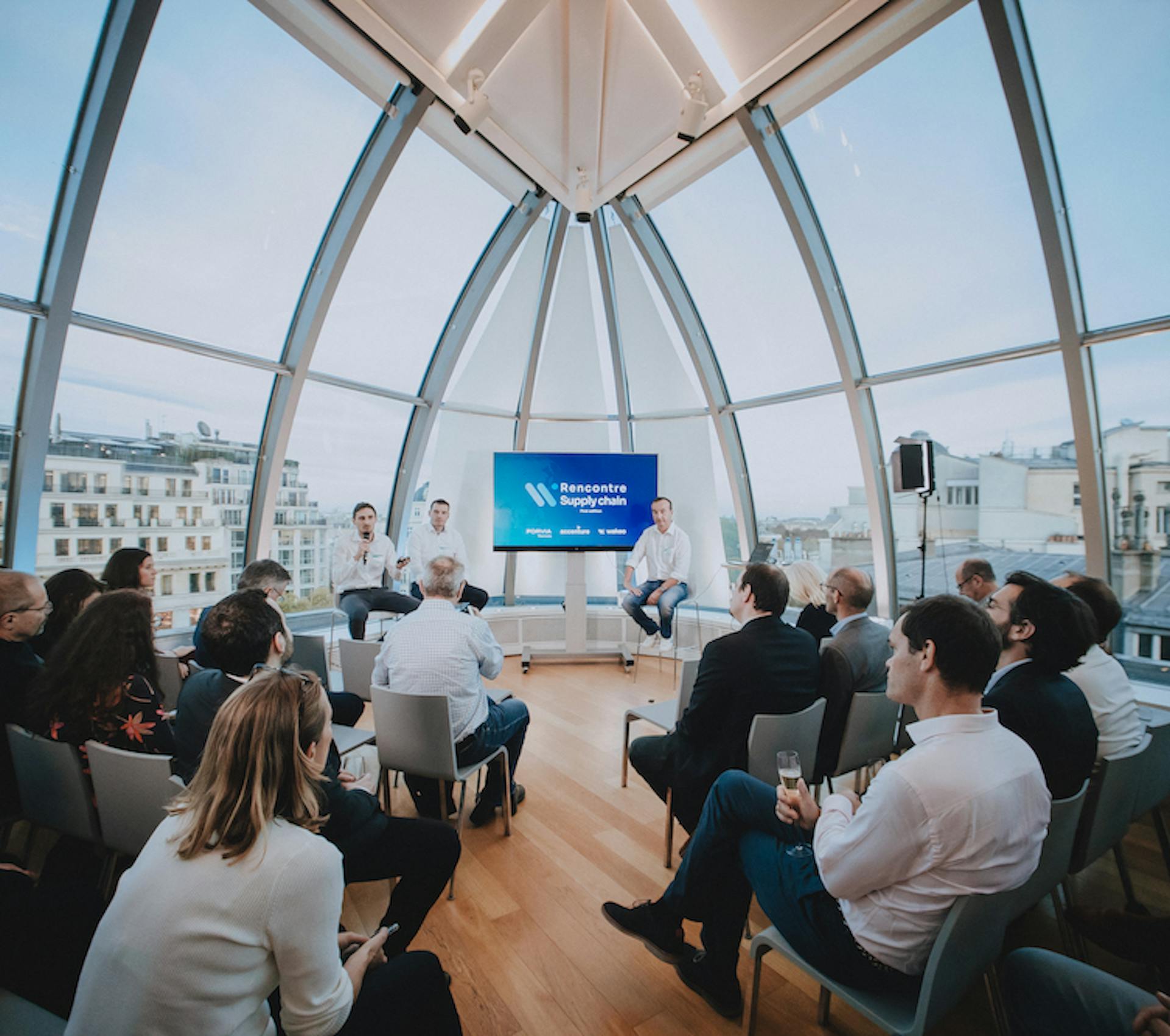Jan 14, 2026 Webinar | Global Supply Chain Architecture: Examining Red Sea’s Evolving Impact - Register Now

Switching from resilient to agile supply chain
Supply chain resilience derives from two things: an organisation’s ability to prevent a disruption; and how quickly it can get back on track should a disturbance occur.
This capability is increasingly essential both because supply chains have become longer, more complex and more global, and because the number of shocks they have had to endure has risen.
When disruption becomes the norm
In the past years, resilience has become key. A 2020 survey, led by Mc Kinsey, asking 60 senior supply-chain executives from across industries and geographies, showed that 93% of them planned to increase the level of resilience across their supply chain. All industries realized that resilience was essential in order to survive.
Shamika Sirimanne, director of UN’s Conference on Trade and Development’s technology and logistics division, noted in a report this summer (1): “As disruptions are becoming part of the new normal, resilience and risk management emerge as new mantras for transport, logistics, trade and supply chains.”
As the crisis in the Ukraine, recurrent extreme weather events, port and shipping lane congestion, truck drivers shortage and more, have created one challenge after another, it became more and more obvious that the exception was becoming the norm.
From resilient to agile supply chain
Consulting firm McKinsey & Company noted earlier this year (2): “Supply chain upheavals show little sign of abating. Companies can address them by reconsidering outdated, short-term strategies and beginning the hard work of building structural resilience.”
While resilience is about how to resist and recover, agility is about how to anticipate and how to manage supply chains with long-term vision. Transforming the practices learned during the post-COVID pandemic into normal operations will allow organizations to deal with future changes and potential shocks.
In our first edition of Rencontre Supply chain Wakeo, in Paris on October 18th, 2022, we had the opportunity to share with supply chain experts and leaders from different industries - from automotive to retail, pharmaceutic, chemistry, and more - how to build agile and sustainable supply chains.
During the meeting, a supply chain leader of a major automotive company shared three main pillars that are both proof of resilience in the past and a measure of readiness for the future:
- Stock level management
- Delays anticipation
- Productivity enhancement
When managing those three pillars, companies - regardless of their industries - are empowered to switch toward a more agile operating model by anticipating and better measuring the impacts of disruptions.
The need for digitalization and collaboration
Along the process of becoming more resilient, one thing became essential: all supply chains require actionable and up-to-date information. Because without it, it may be impossible to measure performance, and identify what problems to solve, let alone how to solve them. While a few years ago, data was a nice-to-have, now it has become essential. To manage the three pillars we previously identified, companies need tools that enable them to measure and forecast.
When it comes to tracking the flow of goods, the picture includes hundreds of players, as well as varied systems and silos. Having a comprehensive view of all door-to-door shipments requires real-time quality data from many different sources.
Not only data needs to be reliable, but it also needs to be shared within the entire organization to help logistics, customer service, procurement, demand planning, inventory managers and directors to make the right decisions, and within the ecosystem - with freight forwarders and carriers - to collaborate and find solutions together.

“We obviously bring tracking information of where the goods are? When do they arrive at their destination? But we go far beyond that. We provide proactive alerting so that our customers are no longer constrained to react at the last minute, but they can really anticipate and act by exception on anomalies. And behind that, we share a vision on performance. How can I be transparent with my transport providers to really implement a continuous improvement strategy? It's not just giving each other good and bad points. It's really getting out of a purely purchasing logic based on the cost of transport and going into a logic of total cost, of quality of service, beyond the cost in its strict sense. So, this is really where we are going to support our customers in their transition.” Julien Cote, CEO and cofounder at Wakeo